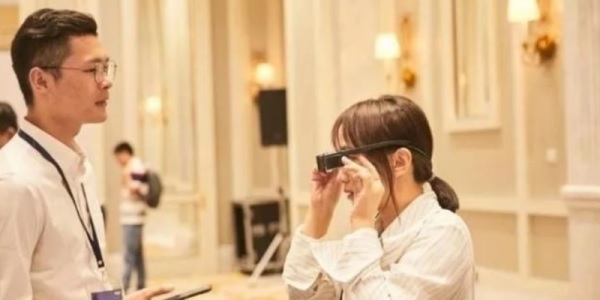
Interests for virtual reality, augmented reality and extended reality __ which combines the two, know as XR __ remain strong.
However, what direction XR will develop technologically remain uncertain. And despite some industrial applications, a mass market XR consumer devices seem far away from reality.
Many technologies are needed for XR __ optical engine, sensor, semiconductors, communication, battery and micro display.
For the micro display, which projects the image, resolution density, luminance and speed are the core functions.
A XR device will have to at least support 1,000nit in luminance, 60ppi in resolution and 120Hz in refresh rate. Higher resolution means clearer virtual image. Higher refresh rate means lower latency. Low latency means the movement of the user will be reflected faster on the screen, which will lead to less dizziness.
Two technologies are competing in micro display __ MicroOLED and MicroLED.
MicroOLED is already used in camera view finders. It has been in the market for over ten years.
However, for it to be applied to augmented reality, luminance will needed to be improved.
Currently, MicroOLED uses color filter and a white emission layer. The color filters causes luminance loss.
The technology will need to transferred to RGB(red, green and blue) direct patterning. This will lead to up to a three times increase in luminance. Additional of micro lens can improve external quantum efficiency as well.
MicroLED, in contrast, has great luminance. However, as the luminance difference between pixels are high, it needs frame memory for corrections.
Micro displays also require pixel pitch under 10 micrometers. But in MicroLED, the luminance efficiency falls when the pixels become smaller. Nanowire MicroLED is touted as a technology that can fix the luminance efficiency in place despite the pixel size changes.
Technology developments of MicroOLED and MicroLED is ongoing. It remains to be seen which will become the standard in future XR devices.

